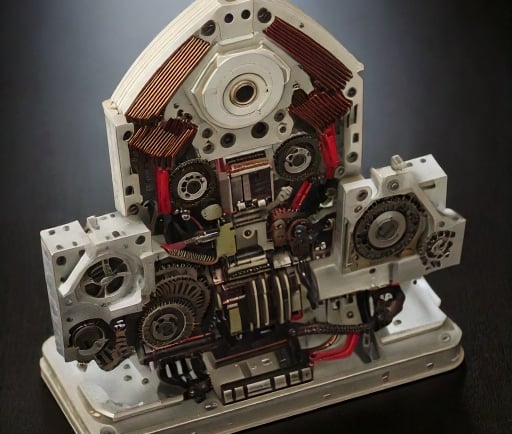The IBM System/360 Model 91: Revolutionizing Space Exploration in the 1960s


Introduction to NASA's Groundbreaking Technology
During the 1960s, the landscape of computing underwent a remarkable transformation, largely propelled by the collaboration between NASA and IBM. At the forefront of this technological revolution was the IBM System/360 Model 91, a colossal machine that became the backbone of complex calculations necessary for space exploration. This blog post delves into the significance of the Model 91 in advancing rocket technology and its role in pushing the boundaries of human exploration beyond Earth.
The Power of the IBM System/360 Model 91
The IBM System/360 Model 91, unveiled in 1964, was a groundbreaking computing system that opened new frontiers in data processing. Characterized by its impressive performance capabilities, the Model 91 was designed specifically for large-scale scientific calculations and was heralded as a room-sized powerhouse of its era. This computing giant could execute over one million instructions per second, significantly enhancing NASA's ability to analyze vast amounts of data generated during space missions.
The sheer computational power of the Model 91 allowed engineers and scientists to perform complex simulations, supporting the design and testing stages of rocket propulsion systems. Its advanced floating-point arithmetic offered unparalleled precision, which was crucial for calculating rocket trajectories and ensuring successful launches. The Model 91 became essential in the development of the Apollo missions, enabling NASA to design spacecraft capable of traveling to the Moon.
Impact on Rocket Propulsion and Beyond
With the IBM System/360 Model 91, NASA could execute critical tasks in the space race, such as trajectory optimization and fuel efficiency analysis. These calculations played a pivotal role in ensuring that rockets could navigate the vastness of space, which was still largely uncharted territory at the time. The collaboration between NASA and IBM epitomized the fusion of advanced computing with aerospace engineering, setting the stage for future advancements in space exploration.
The Model 91's influence extended beyond a singular project; it laid the groundwork for the evolution of computing in scientific research. The architectural innovations introduced with the System/360 family of computers paved the way for modern computing environments, where resource-intensive tasks could be accomplished rapidly and accurately.
Conclusion: Legacy of the IBM System/360 Model 91
The legacy of the IBM System/360 Model 91 is one of innovation and influence. By providing NASA with a powerful computing platform, it ushered in a new era of space exploration that was defined by precision and reliability. While technological capabilities have undoubtedly advanced since the 1960s, the achievements made possible by this incredible machine continue to inspire the field of aerospace engineering. As we look to the future of space exploration, we reflect on the foundational role that the Model 91 played in launching humanity into the stars.
